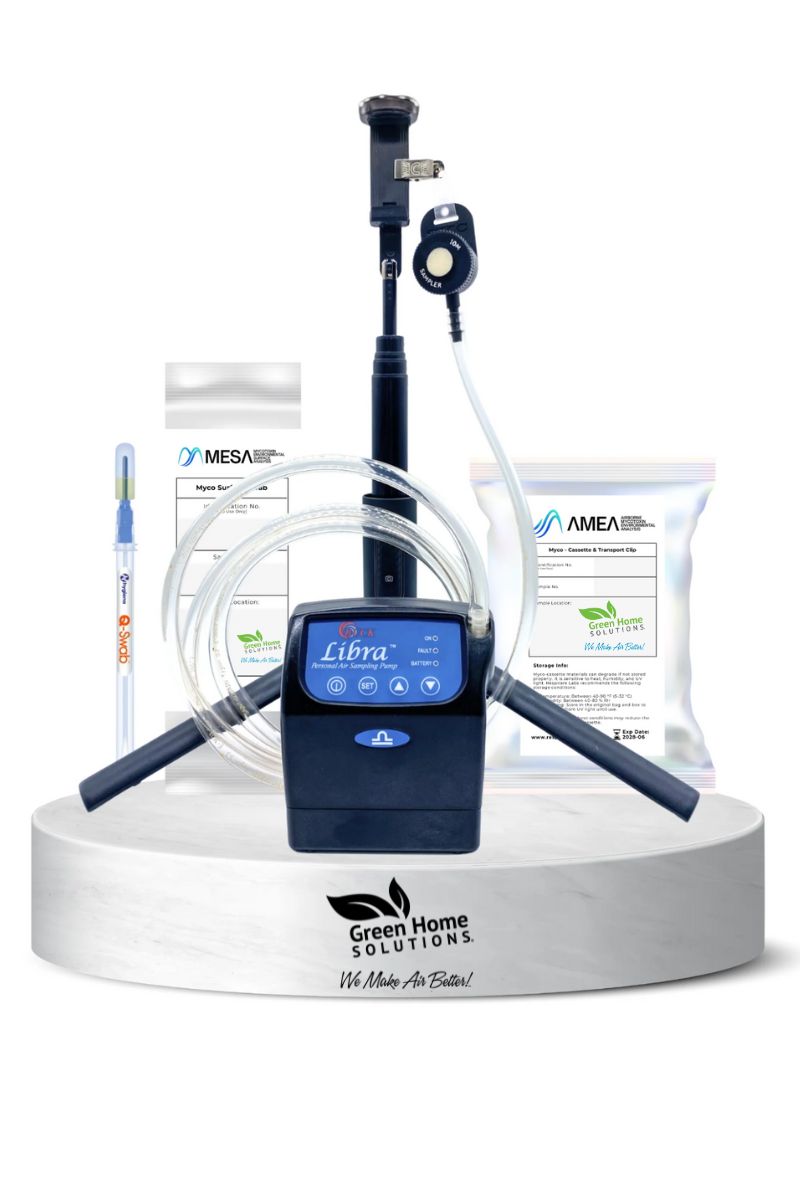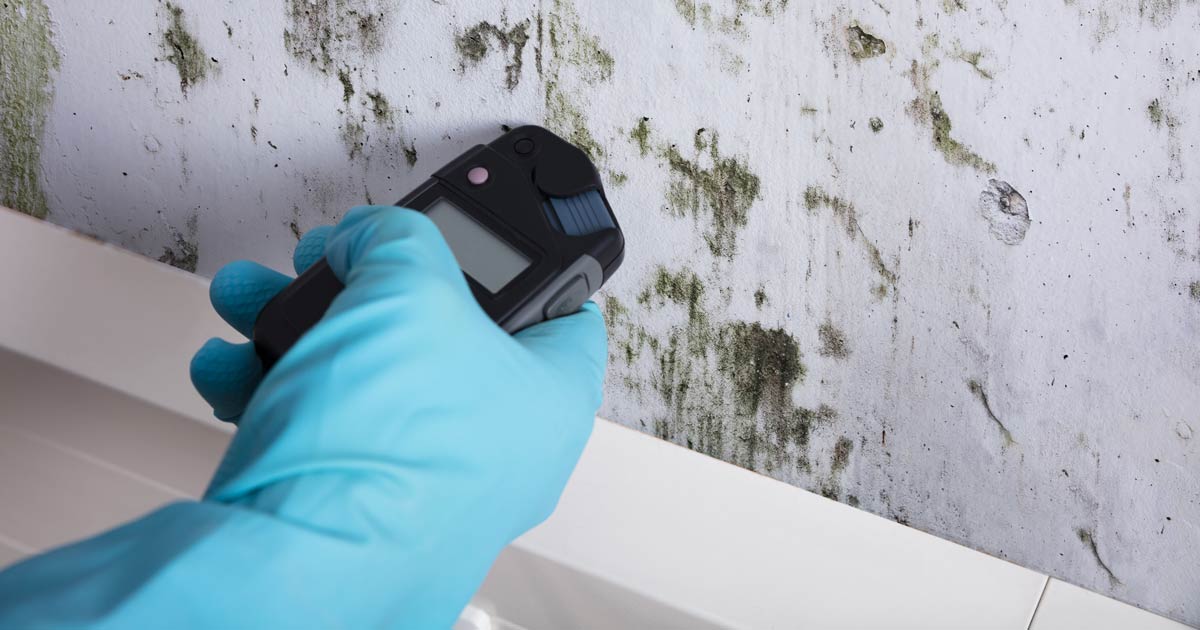Maximize Your Conformity with Relied on Mycotoxin testing Services Solutions
Maximize Your Conformity with Relied on Mycotoxin testing Services Solutions
Blog Article
The Need of Mycotoxin Examining in Agricultural Products to Make Sure Customer Safety
The necessity of mycotoxin testing in farming items is a crucial facet of public health and wellness and security that calls for extensive examination. Mycotoxins, toxic compounds created by certain fungi, can infiltrate different crops, bring about substantial health threats for consumers, such as cancer causing results and body organ damage. Routine mycotoxin testing not only gets rid of and determines contaminated items from the supply chain but additionally ensures compliance with safety requirements and boosts consumer count on. Nevertheless, comprehending the methods and advantages of such testing is necessary to fully value its importance in securing our food supply.
Recognizing Mycotoxins
Mycotoxins, poisonous second metabolites produced by specific fungi, present a considerable threat to farming items and human health. These substances are created by different varieties of molds, such as Aspergillus, Fusarium, and Penicillium, which can infect plants both pre- and post-harvest - Mycotoxin testing Services. The most common mycotoxins include aflatoxins, ochratoxin A, fumonisins, zearalenone, and deoxynivalenol (DON)
Mycotoxin contamination can take place under specific environmental problems, such as high moisture and temperature level, which prefer the development of mold. Agricultural items like grains, nuts, flavors, dried out fruits, and coffee are particularly prone. The visibility of mycotoxins in these commodities can bring about significant financial losses due to reduced plant yields and the requirement for strenuous testing and decontamination processes.
Recognizing the biochemical nature and development of mycotoxins is essential for developing efficient mitigation techniques. Research study has revealed that mycotoxins display a variety of chemical frameworks and properties, making discovery and elimination challenging. Advanced analytical strategies, including chromatography and mass spectrometry, are made use of to identify and quantify mycotoxins in farming items, ensuring that contamination degrees continue to be within safe restrictions established by governing bodies.
Health Threats of Mycotoxins
Offered the significant threats connected with mycotoxins in agricultural products, recognizing their effect on wellness is extremely important. Mycotoxins, hazardous secondary metabolites created by fungis, pose extreme hazards to both human and animal health. Persistent exposure, also at low degrees, can result in a series of unfavorable health and wellness results, including teratogenicity, carcinogenicity, and immunosuppression. Aflatoxins, amongst the most well-known mycotoxins, are classified as Group 1 health hazards by the International Company for Research Study on Cancer Cells (IARC), mostly impacting the liver and boosting the risk of hepatocellular cancer.
Acute mycotoxin poisoning, although much less common, can cause extreme and instant health issue such as liver damages, stomach disruptions, and hemorrhaging. Ochratoxin A, one more potent mycotoxin, is linked to kidney damage and has potential cancer causing results. Fumonisins, largely impacting maize, are linked with esophageal cancer cells and neural tube flaws.

Common Sources of Contamination
Recognizing the typical sources of contamination is crucial for properly handling and minimizing the dangers positioned by mycotoxins. Mycotoxins are harmful secondary metabolites generated by certain types of fungi, which can contaminate agricultural items at numerous stages of storage, production, and handling. The key resources of contamination include area conditions, post-harvest handling, and storage space atmospheres.
Area conditions play a substantial duty, with elements like climate, crop article vulnerability, and dirt wellness influencing fungal growth. Plants such as corn, peanuts, wheat, and tree nuts are especially susceptible to mycotoxin-producing fungis like Aspergillus, Fusarium, and Penicillium varieties. Inadequate plant rotation and inadequate pest management can exacerbate the threat of contamination.
Post-harvest handling is an additional critical point where contamination can happen. Mechanical damages during harvesting and transport creates access factors for fungi, while improper drying methods can leave wetness levels high enough to sustain fungal development.
Storage space settings add considerably to contamination dangers. Badly maintained storage centers with high moisture and temperature degrees develop ideal problems for mycotoxin production. Normal assessments and correct storage conditions are crucial in suppressing this danger.
Mycotoxin Evaluating Techniques
Efficient administration of mycotoxin contamination pivots not only on identifying possible resources however also on executing robust screening techniques to spot these damaging compounds. Mycotoxin testing methods can be extensively categorized right into immunochemical and chromatographic strategies. High-performance liquid chromatography (HPLC) and gas chromatography-mass spectrometry (GC-MS) represent advanced chromatographic approaches understood for their high level of sensitivity and precision. These strategies are skilled at quantifying numerous mycotoxins in complicated matrices, making them vital for complete analysis.
On the other hand, enzyme-linked immunosorbent assay (ELISA) and lateral circulation assays are popular immunochemical approaches. ELISA, in specific, is extensively used due to its cost-effectiveness, simplicity of use, and fast turnaround time. Lateral flow assays supply quick, on-site testing capacities, making them appropriate for area applications where immediate decisions are needed.
Furthermore, improvements in molecular biology have actually presented PCR-based techniques with the ability of discovering mycotoxin-producing fungi at genetic degrees, supplying an anticipating method to contamination risk. Incorporating these varied methods improves the integrity and comprehensiveness of mycotoxin detection, making certain that farming products meet safety and security requirements and protecting customers from prospective health and wellness dangers.
Advantages of Regular Evaluating

Regular mycotoxin testing offers considerable benefits that considerably bolster farming security and high quality. One of the primary benefits is the defense of customer health and wellness. Mycotoxins, poisonous compounds generated by specific fungis, can contaminate food and pose significant health dangers, including cancer and acute poisoning. Regular testing ensures that contaminated products do not reach consumers, consequently mitigating carcinogen.
Furthermore, consistent testing assists in maintaining the integrity and track record of farming producers. By rigorously managing and keeping track of mycotoxin degrees, producers can avoid lawful consequences and expensive recalls. This not only ensures compliance with rigorous international safety criteria however likewise cultivates customer count on and commitment.

Conclusion
The necessity of mycotoxin testing in agricultural items is emphasized by the substantial health and wellness threats presented by these poisonous compounds. my site Guaranteeing customer security needs the recognition and elimination of contaminated items from the supply chain. Routine testing not only mitigates the danger of intense poisoning and chronic health and wellness issues but additionally supports conformity with safety criteria. It enhances the track record of producers and fosters trust within the farming supply chain, ultimately safeguarding public health.
The requirement of mycotoxin testing in farming products is an important element of public health and safety and security that requires comprehensive exam. Mycotoxins, hazardous compounds generated by specific fungis, can penetrate various plants, leading to considerable wellness dangers for customers, such as carcinogenic effects and body organ damage.Mycotoxins, hazardous secondary metabolites created by certain fungis, present a significant threat to farming products and human wellness.Given the substantial risks connected with mycotoxins in agricultural products, recognizing their effect on wellness is critical (Mycotoxin testing Services).The need of mycotoxin screening in farming products is emphasized by use this link the considerable health and wellness risks posed by these poisonous compounds
Report this page